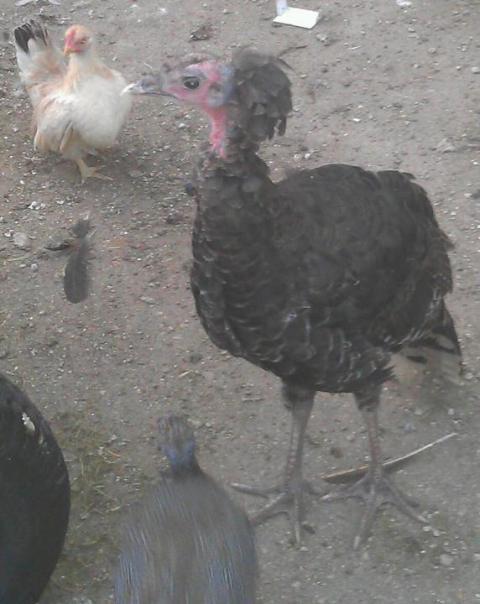I hatched this turkey poult earlier this summer. I only have bronze, blue slate, narrs, black spanish turkeys, I've never seen a "crested turkey" before though.



Follow along with the video below to see how to install our site as a web app on your home screen.
Note: This feature may not be available in some browsers.


I am writing an article on the crested turkey. Do you have more news on this animal or on its offspring or on its fertility. Where are you from?I hatched this turkey poult earlier this summer. I only have bronze, blue slate, narrs, black spanish turkeys, I've never seen a "crested turkey" before thou